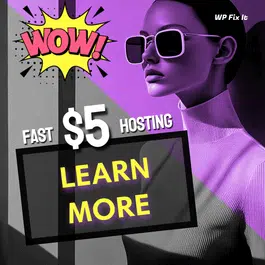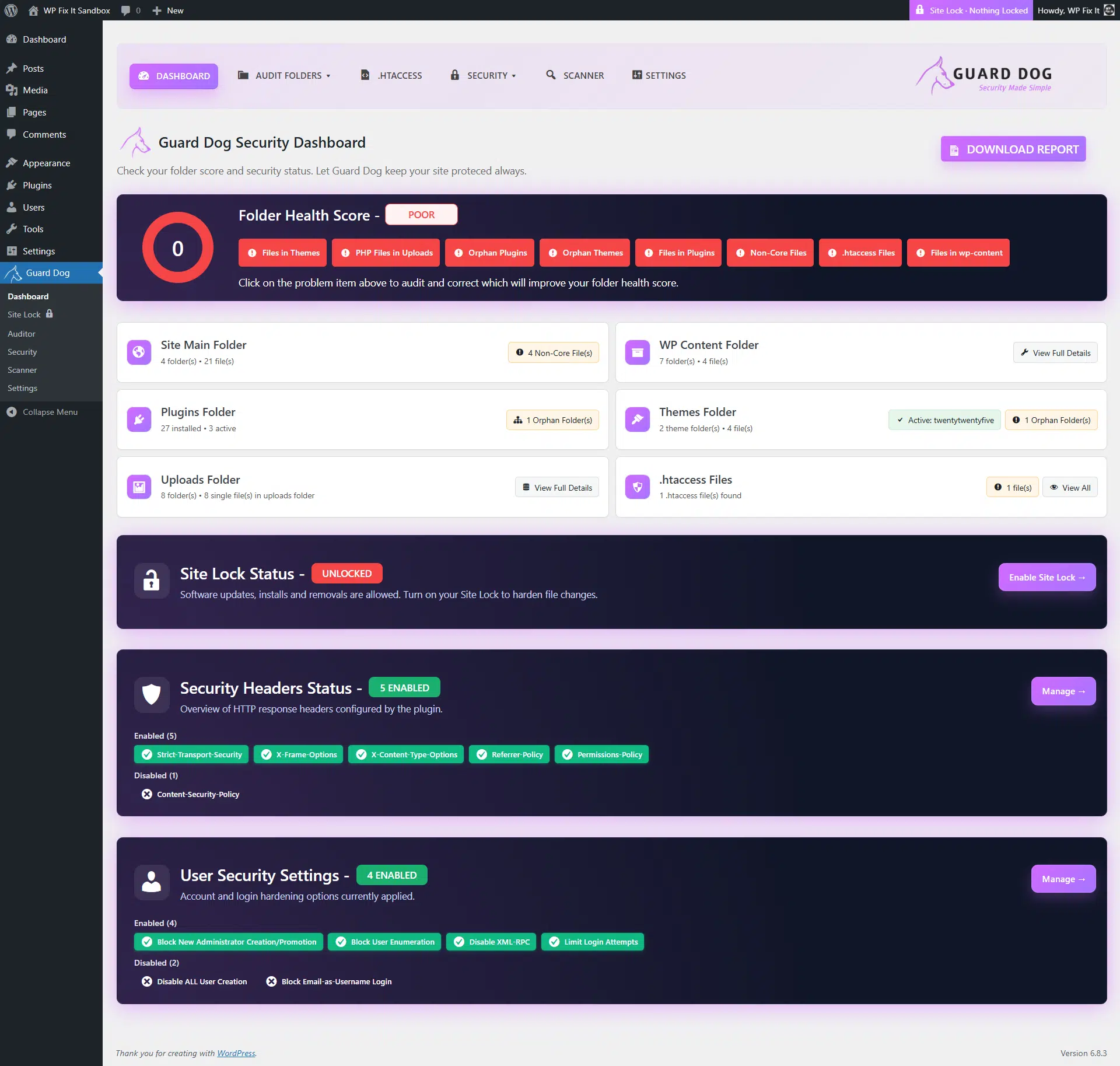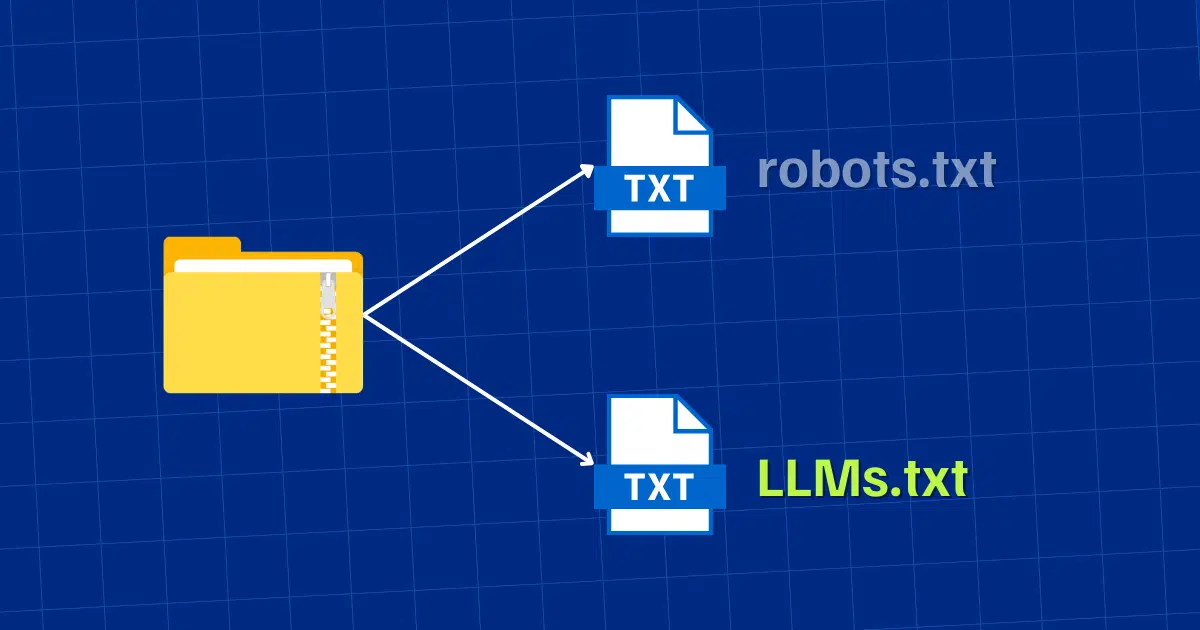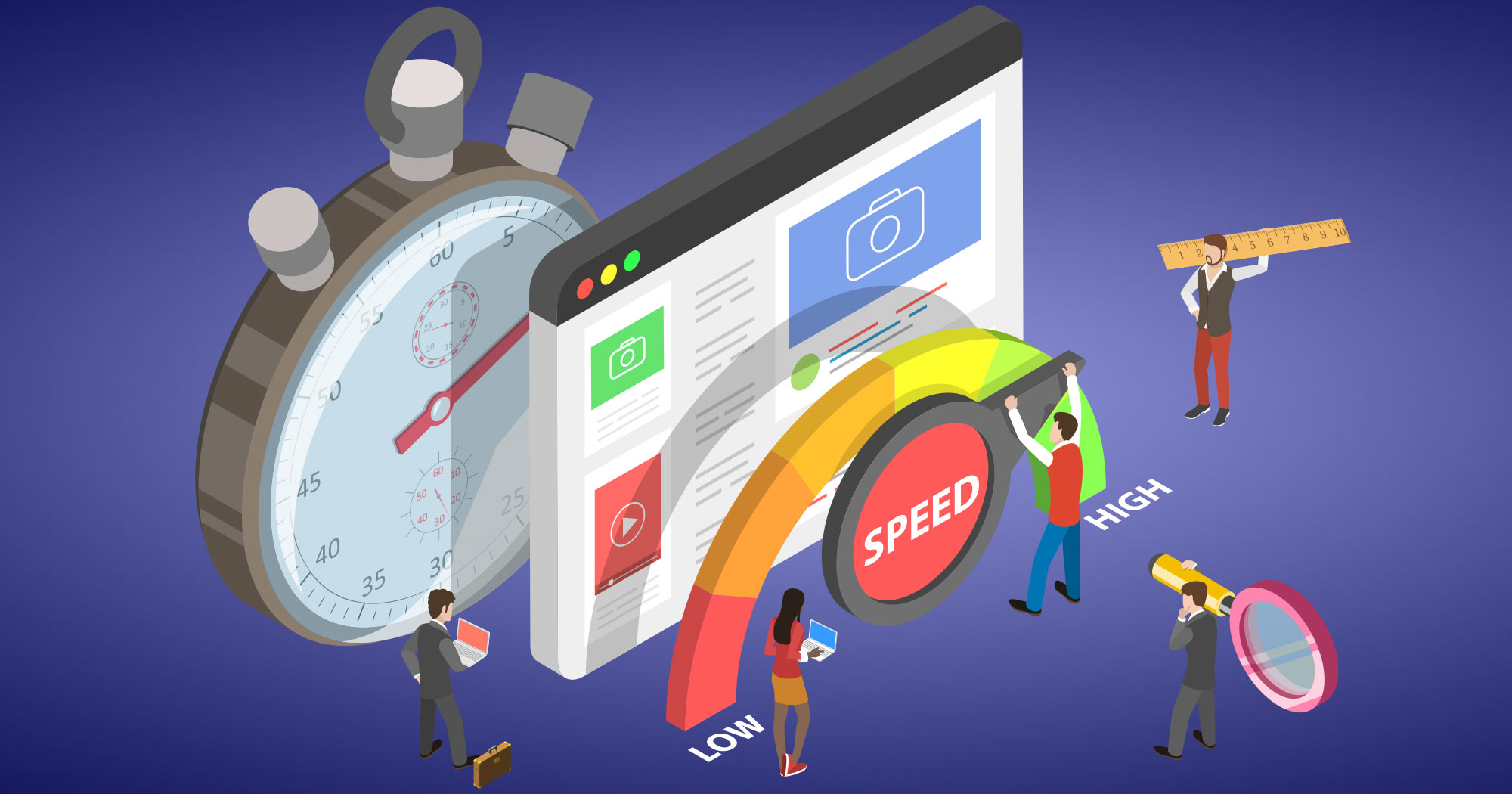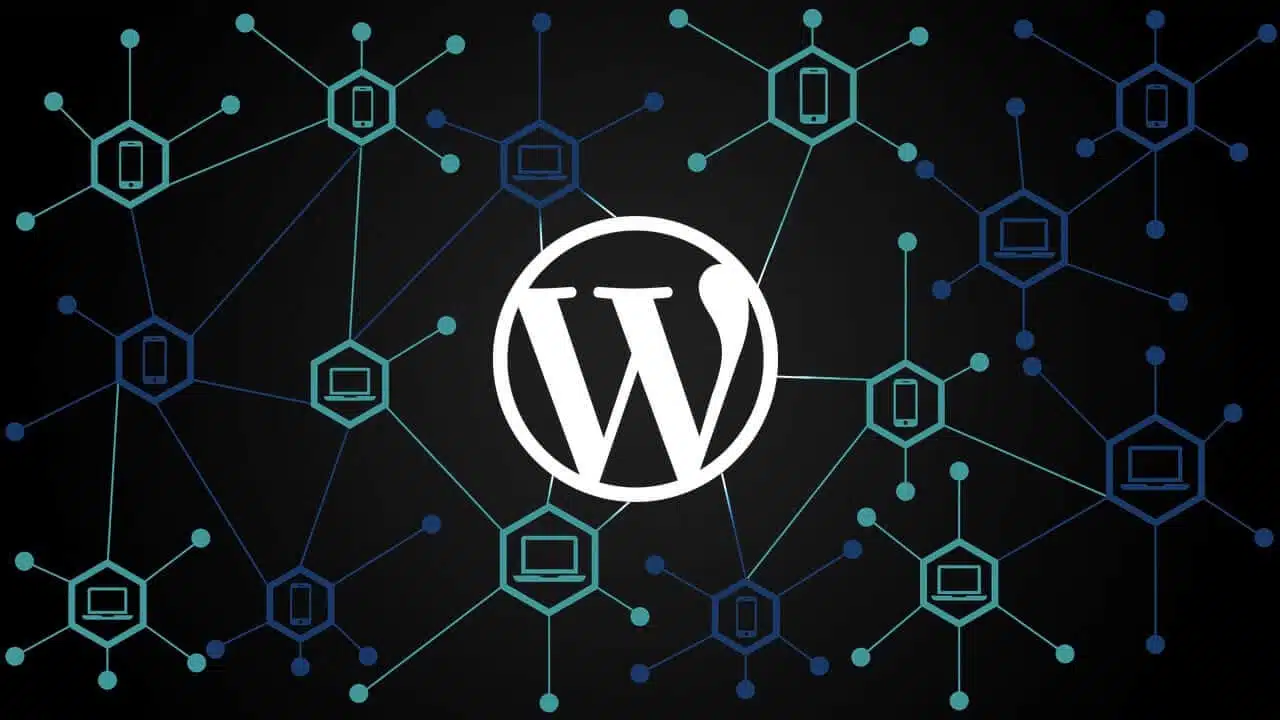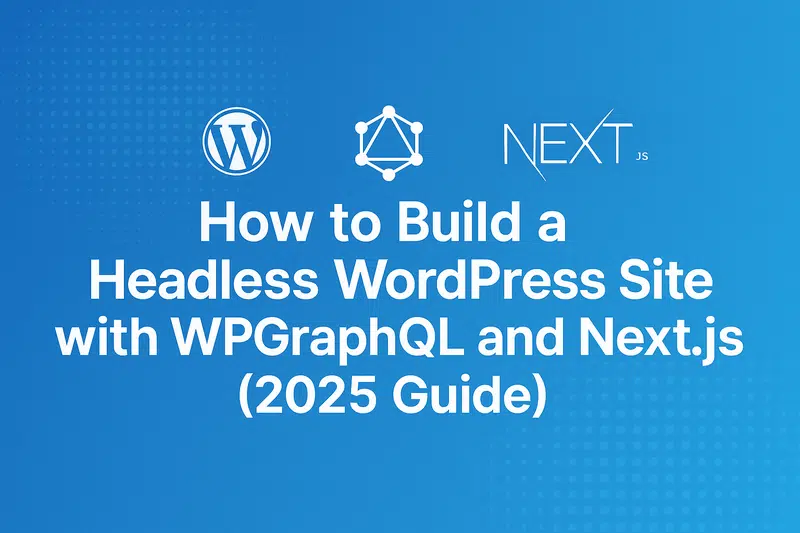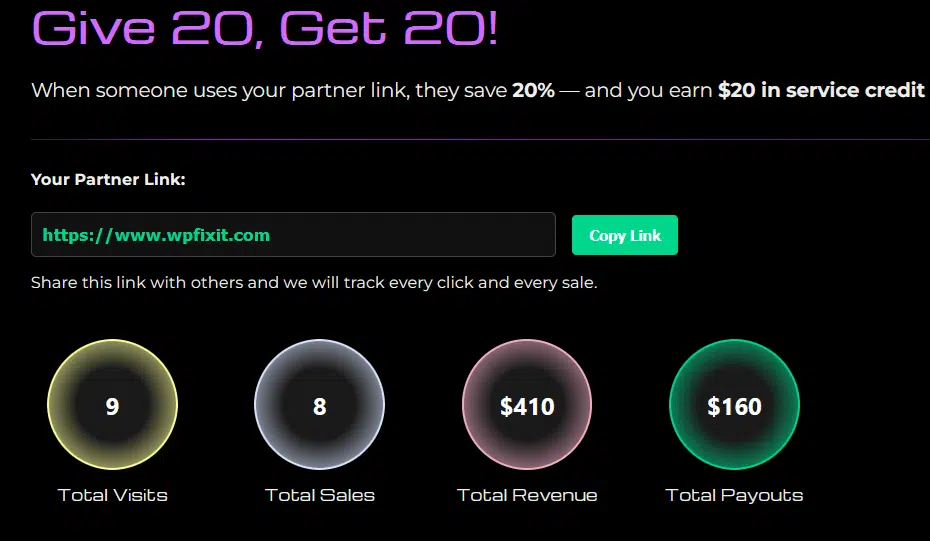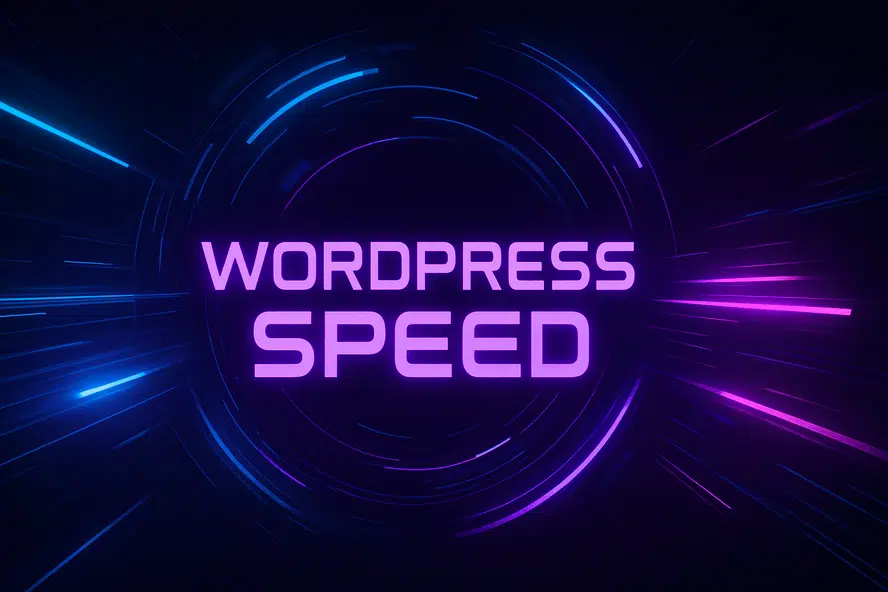WordPress is a popular content management system (CMS) that allows users to create and manage websites and blogs. It was first released in 2003 and has since become one of the most widely used platforms for blogging. WordPress is known for its user-friendly interface, customizable themes, and extensive plugin library.
One of the main reasons why bloggers choose WordPress is its simplicity and ease of use. Even those with little to no technical knowledge can quickly set up a blog and start publishing content. WordPress also offers a wide range of themes and plugins that allow users to customize their blogs and add functionality without any coding skills.
Choosing the Right WordPress Theme for Your Blog
When choosing a theme for your WordPress blog, there are several factors to consider. First, you need to think about the overall design and layout that you want for your blog. Consider the color scheme, typography, and overall aesthetic that aligns with your brand or personal style.
Another important factor to consider is responsiveness. With more people accessing websites on mobile devices, it’s crucial that your blog looks good and functions well on different screen sizes. Make sure to choose a theme that is mobile-friendly and responsive.
There are many popular WordPress theme options available, both free and premium. Some popular free themes include Astra, OceanWP, and Hestia. Premium themes like Divi, Avada, and Genesis Framework offer more advanced features and customization options.
Essential Plugins to Enhance Your Blogging Experience
Plugins are one of the key features that make WordPress so powerful. They allow you to add functionality to your blog without any coding knowledge. There are thousands of plugins available in the WordPress plugin directory, covering everything from SEO optimization to social media integration.
Some must-have plugins for WordPress bloggers include Yoast SEO, which helps optimize your blog for search engines; Akismet, which protects your blog from spam comments; and Jetpack, which offers a suite of tools for site security, performance, and analytics.
To install and activate plugins, simply go to the “Plugins” section in your WordPress dashboard and click on “Add New.” From there, you can search for specific plugins or browse through the featured, popular, or recommended plugins. Once you find a plugin you want to install, click on “Install Now” and then “Activate” to activate the plugin on your blog.
Optimizing Your WordPress Site for SEO
Search engine optimization (SEO) is crucial for bloggers who want to increase their visibility and attract more organic traffic to their blogs. WordPress offers several built-in features that make it easy to optimize your site for search engines.
One of the most important aspects of SEO is keyword optimization. WordPress allows you to easily add meta tags and descriptions to your blog posts, which help search engines understand what your content is about. You can also use plugins like Yoast SEO to analyze your content and provide suggestions for improving your SEO.
Other tips for optimizing your WordPress site for search engines include optimizing your images with alt tags, creating a sitemap to help search engines crawl your site, and using clean URLs that include relevant keywords.
Customizing Your WordPress Site for a Personalized Look
WordPress offers a wide range of customization options that allow you to personalize the look and feel of your blog. You can customize everything from the header and footer to the colors, fonts, and layout of your blog.
To customize your WordPress site, go to the “Appearance” section in your WordPress dashboard and click on “Customize.” From there, you can make changes to various aspects of your site, such as the site identity, colors, typography, and widgets.
There are also many popular customization options available through themes and plugins. For example, you can use page builders like Elementor or Beaver Builder to create custom layouts and designs without any coding knowledge. You can also use plugins like Customizer or Advanced Custom Fields to add custom fields and functionality to your blog.
Creating Engaging Content with WordPress

Creating engaging content is essential for attracting and retaining readers. With WordPress, you have a range of tools and features that can help enhance your content and make it more engaging.
One tip for creating engaging content is to use multimedia elements like images, videos, and infographics. WordPress makes it easy to add and embed multimedia content into your blog posts. You can also use plugins like WPForms or Gravity Forms to create interactive forms and surveys.
Another tip is to use headings, subheadings, and bullet points to break up your content and make it easier to read. WordPress offers a built-in editor that allows you to format your text and add headings with just a few clicks.
Managing Your WordPress Site Like a Pro
Managing your WordPress site effectively is crucial for ensuring its security, performance, and overall success. There are several best practices that you should follow to manage your site like a pro.
First, make sure to keep your WordPress core, themes, and plugins up-to-date. Updates often include security patches and bug fixes, so it’s important to stay on top of them. You can easily update your site by going to the “Updates” section in your WordPress dashboard.
Second, regularly backup your site to protect against data loss. There are many plugins available that allow you to schedule automatic backups of your site. Some popular backup plugins include UpdraftPlus, BackupBuddy, and VaultPress.
Finally, make sure to secure your site against potential threats. Use strong passwords, limit login attempts, and install a security plugin like Wordfence or Sucuri to monitor and protect your site from malware and hacking attempts.
Leveraging Social Media with Your WordPress Blog
Social media is an important tool for bloggers to promote their content and engage with their audience. WordPress offers several ways to integrate social media with your blog.
One way to leverage social media with your WordPress blog is to add social sharing buttons to your posts. This allows readers to easily share your content on their social media profiles, increasing its reach and visibility. There are many plugins available that allow you to add social sharing buttons to your blog, such as Social Warfare, Shareaholic, and AddToAny.
Another way to integrate social media with your WordPress site is to display your social media feeds on your blog. You can use plugins like Smash Balloon or Flow-Flow to display your Instagram, Twitter, or Facebook feeds directly on your site.
Monetizing Your Blog with WordPress
If you’re looking to monetize your blog, WordPress offers several options. One of the most popular ways to monetize a blog is through display advertising. You can use ad networks like Google AdSense or Media.net to display ads on your site and earn revenue based on clicks or impressions.
Another popular monetization option is affiliate marketing. With affiliate marketing, you promote products or services on your blog and earn a commission for each sale or lead generated through your referral. There are many affiliate networks and programs available, such as Amazon Associates, ShareASale, and Commission Junction.
You can also sell digital products or services directly from your WordPress site. For example, you can create and sell e-books, online courses, or consulting services. There are several plugins available that allow you to set up an e-commerce store on your blog, such as WooCommerce or Easy Digital Downloads.
Troubleshooting Common WordPress Issues: Tips and Tricks
While WordPress is generally a reliable platform, there may be times when you encounter issues or errors. Here are some common WordPress issues and how to fix them:
1. White screen of death: This is a common issue that occurs when there is a PHP error on your site. To fix it, you can try disabling plugins or switching to a default theme to identify the source of the error.
2. 404 errors: If you’re seeing 404 errors on your site, it means that the page or post you’re trying to access doesn’t exist. You can try resetting your permalinks or checking for broken links to fix this issue.
3. Slow loading times: Slow loading times can be caused by various factors, such as large image files or too many plugins. You can optimize your images using a plugin like Smush or WP-Optimize, and deactivate unnecessary plugins to improve your site’s performance.
If you’re experiencing more complex issues or need further assistance, there are many resources available for troubleshooting WordPress problems. The WordPress.org support forums, official documentation, and online communities like Stack Exchange and Reddit are great places to find answers and solutions.
Conclusion:
In conclusion, WordPress is a powerful and versatile platform for bloggers. It offers a range of features and customization options that allow you to create a personalized and engaging blog. Whether you’re a beginner or an experienced blogger, WordPress provides the tools and resources you need to start or continue blogging with confidence. So why wait? Start your WordPress blog today and join the millions of bloggers who have found success with this popular platform.
If you’re struggling with WordPress issues and need professional assistance, WP Fix It has got you covered. Their article “Mastering WordPress with Help: Where to Go When You Need Assistance” provides a step-by-step guide on how to navigate the WordPress maze and find the support you need. From troubleshooting common problems to accessing expert advice, this article offers valuable insights for WordPress users. So, if you’re feeling stuck or overwhelmed, check out WP Fix It’s comprehensive guide to getting the help you need.





